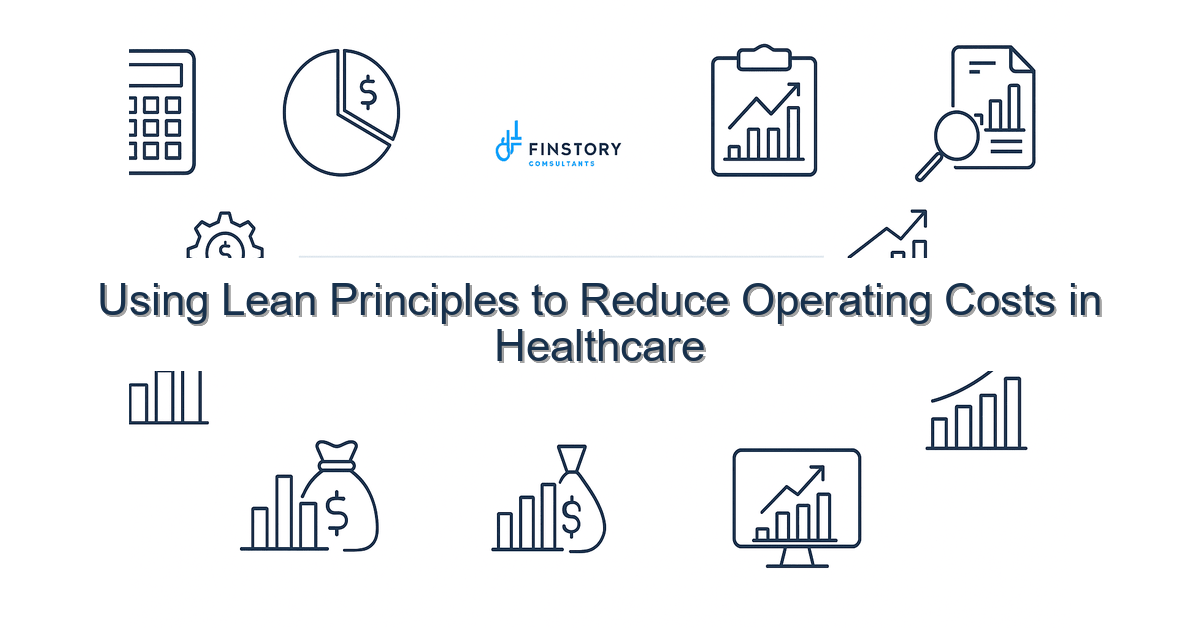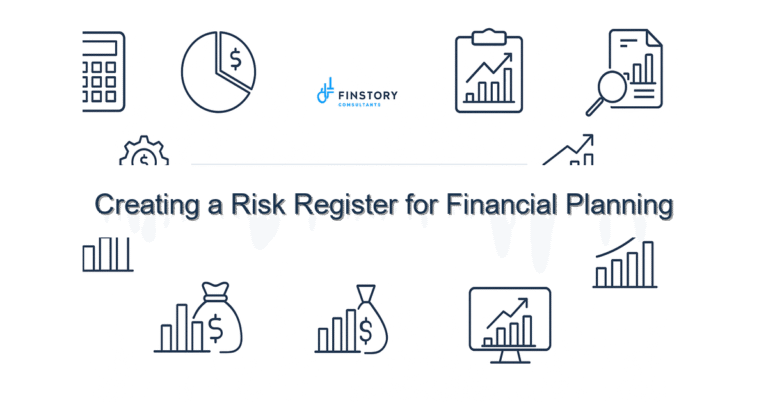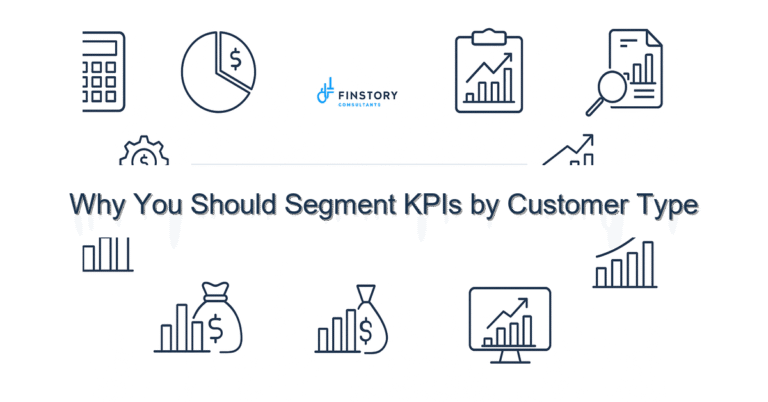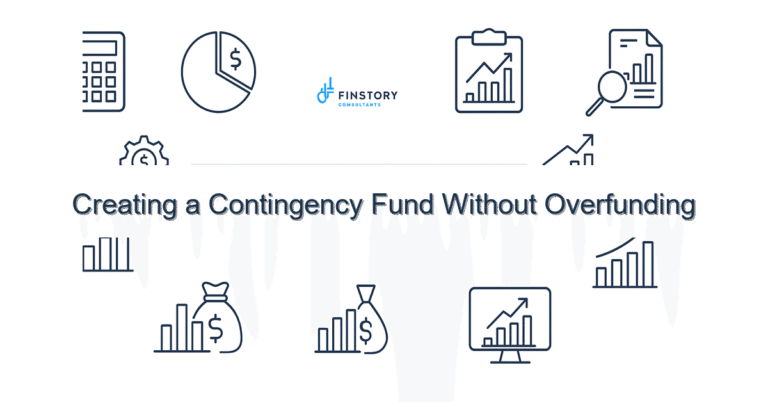Using Lean Principles to Reduce Operating Costs in Healthcare
You inherited a budget gap and a patient-safety mandate, and you need savings without eroding quality or morale. That feels impossible—until you change the question from “where to cut” to “how to remove waste.”
Summary: Apply lean thinking to identify and eliminate non-value work across clinical and back-office processes so you can lower operating costs, shorten cycle times, and free staff to focus on patients—in ways finance leaders can measure and sustain.
What’s the real problem?
Healthcare organizations are complex systems. Costs balloon when small inefficiencies compound across departments: duplicate tasks, slow approvals, rework, and poor visibility. The result is higher spend, frustrated clinicians, and surprising month-end variances.
- Symptoms: frequent overtime spikes and agency spend to cover predictable workload.
- Symptoms: long billing and AR cycles that tie up cash.
- Symptoms: inventory stockouts or expirations—supply spend is inconsistent month to month.
- Symptoms: finance close that drags on for weeks and produces last-minute adjustments.
What leaders get wrong
Leaders often default to obvious or painful moves: headcount reductions, across-the-board cuts, or chasing vendor discounts as a first resort. Those actions create short-term relief but damage capacity and morale.
More subtly, organizations confuse cost-cutting with optimization. They shrink budgets without fixing the processes that cause waste. The next quarter, the same problems resurface—sometimes amplified.
A better approach
Lean is less about austerity and more about respect for people and process. It’s a structured way to find value, remove waste, and standardize work so improvements stick.
Try this 4-step framework:
- 1. Map the value stream: Walk the process end-to-end (admissions to discharge, procure-to-pay, order-to-cash). Capture handoffs, delays, and the steps that don’t touch the patient or payment.
- 2. Quantify waste: Measure lead time, touch time, error rates, and rework cost. Translate delays into dollars and days on the balance sheet.
- 3. Rapid experiments: Run short Plan-Do-Study-Act cycles to test changes—standardize a form, reassign a task, or remove an approval. Keep iterations small and measurable.
- 4. Scale & sustain: Use training, simple visual controls, and metrics on a dashboard so teams keep the gains and leaders can monitor ROI.
Real-world example: A mid-size hospital reduced agency nursing spend by 28% in nine months. They started by mapping shift assignment processes, found four approval handoffs that added 48 hours of lead time, and piloted a direct-booking rule for float pool staff. Savings covered the pilot costs within three months and freed managers’ time for coaching.
Quick implementation checklist
- Choose one high-cost process (e.g., month-end close, OR turnover, supply replenishment).
- Assemble a cross-functional team of people who do the work—not just managers.
- Walk the process together and document each step on sticky notes or a digital board.
- Measure baseline: cycle time, error rate, cost per transaction.
- Identify the top 3 sources of delay or rework and brainstorm fixes with frontline staff.
- Run one-week experiments with clear metrics and a daily check-in.
- Standardize the successful change with a simple SOP and 15-minute training.
- Put a one-page dashboard on a shared Power BI report and review weekly.
- Communicate results to finance and operations with before/after snapshots.
What success looks like
- Reduced process cycle time: e.g., month-end close from 12 days to 5 days.
- Accuracy improvement: invoice exception rate down by 40% (fewer adjustments).
- Lower operating expense: measured reduction in agency and overtime spend by 20–30%.
- Inventory efficiency: lower days of inventory on hand by 15% with fewer stockouts.
- ROI: most pilots pay back within 3–6 months from labor and supply savings.
Risks & how to manage them
- Risk: Change fatigue. Mitigation: Start small, celebrate quick wins, and protect time for continuous improvement. Keep pilots under 90 days.
- Risk: Gains don’t stick. Mitigation: Standardize new work, update job aids, and tie metrics to weekly leader huddles. Embed ownership in the team doing the work.
- Risk: Undetected impact on quality or compliance. Mitigation: Run safety and compliance checks alongside pilots. Include risk and quality leads in the design phase.
Tools & data
Leaders don’t need exotic tech to start—two things matter: good data and clear reporting. Finance automation tools that streamline procure-to-pay and AR reduce manual steps. Power BI (or another visualization tool) can make cycle times and exception rates visible to leaders in real time.
Use finance automation to capture transaction timestamps, then surface them in leadership reporting dashboards so the story is unambiguous: where delays happen, who is affected, and the dollar impact. Combine that with simple RACI charts and daily stand-up notes to turn data into action.
Next steps
If this resonates, pick one repeatable process and run a rapid value-stream mapping session this week. Get a CFO or controller to sponsor it, assign a frontline owner, and commit to a two-week experiment. If you want outside help, we can run the first workshop and deliver a dashboard with the baseline metrics in 30 days.
Work with Finstory. If you want this done right—tailored to your operations—we’ll map the process, stand up the dashboards, and train your team. Let’s talk about your goals.
📞 Ready to take the next step?
Book a 20-min call with our experts and see how we can help your team move faster.
Prefer email or phone? Write to info@finstory.net
or call +91 44-45811170.






